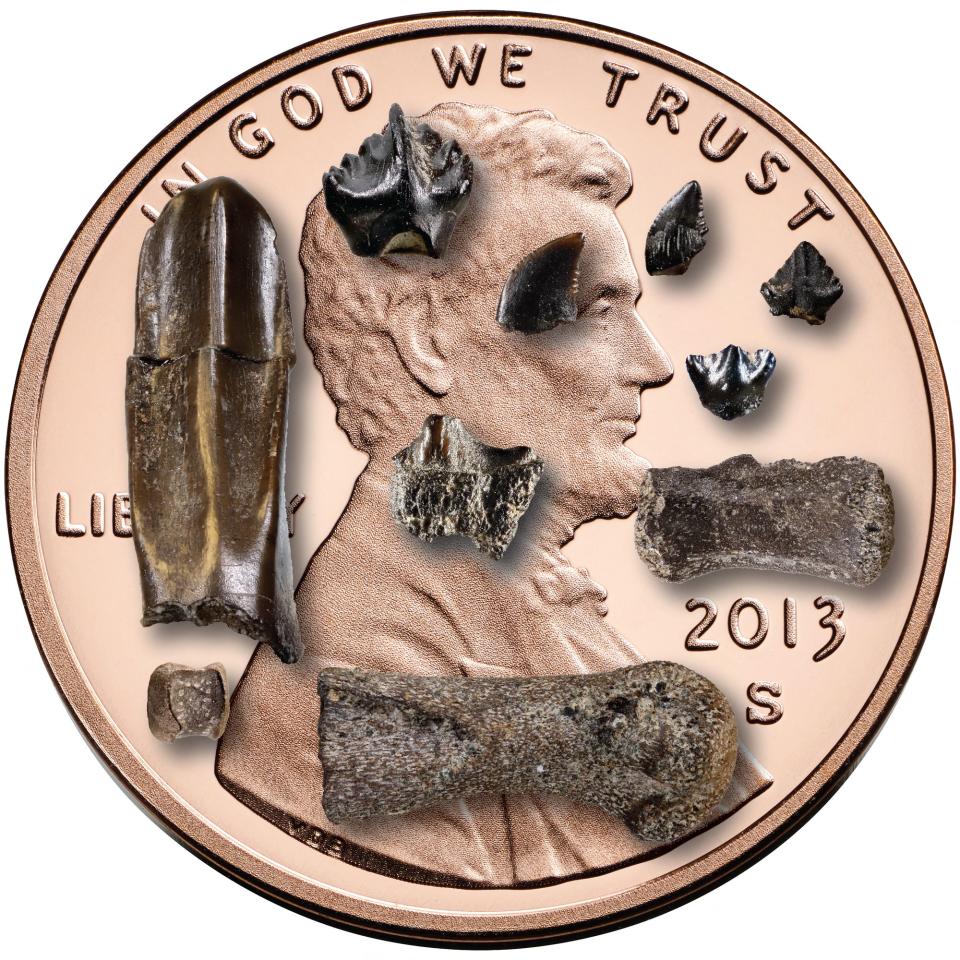Arctic dinosaur ‘prehistoric maternity ward’ discovered by research team

Nearly all types of Arctic dinosaurs lived year-round and reproduced in regions previously thought uninhabitable in the winter, new research finds.
A team of scientists from the University of Alaska Fairbanks and Florida State University unearthed a cache of tiny dinosaur teeth and bones from the Cretaceous period (145-66 million years ago) found in the Prince Creek Formation in northern Alaska.
They say that finding these bones at such high latitudes suggests that the dinosaurs were “year-round denizens” of the Arctic. It was previously thought that these dinosaurs migrated south during the winters to lay their eggs in lower latitudes.
Pat Druckenmiller, the paper’s lead author and director of the University of Alaska Museum of the North, said: “It wasn’t long ago that people were pretty shocked to find out that dinosaurs lived up in the Arctic 70 million years ago.
“We now have unequivocal evidence they were nesting up there as well. This is the first time that anyone has ever demonstrated that dinosaurs could reproduce at these high latitudes.”
The discovery of the perinatal dinosaur bones – baby dinosaurs that had recently hatched or were about to hatch – from seven Arctic dinosaur species, suggests that eggs had been laid in the northern region.
Florida State University professor of biological science and study co-author Gregory Erickson said: “One of the biggest mysteries about Arctic dinosaurs was whether they seasonally migrated up to the North or were year-round denizens.
“We unexpectedly found remains of perinates representing almost every kind of dinosaur in the formation. It was like a prehistoric maternity ward,” he added.
After laboriously recovering and examining the fossils – some no bigger than the head of a pin – researchers collaborated with scientists from the Royal Tyrell Museum of Paleontology in Alberta, Canada, to compare to confirm that the bones were from perinatal dinosaurs, by comparing them with fossils from sites at lower latitudes.
Once the scientists had confirmed that the dinosaurs nested in the area, it became clear that they must have lived their entire lives in the Arctic.
Dr Erickson’s previous research revealed that the incubation period for most Arctic dinosaurs spanned from three to six months. Even on the shorter end of this range, the time frame would be too short to suggest seasonal migration. As Arctic summers are particularly short, even if the dinosaurs laid their eggs in the spring, the offspring would be too young to migrate south in the autumn.
Caleb Brown, a co-author on the study and paleontologist at the Royal Tyrell Museum, said: “As dark and bleak as the winters would have been, the summers would have had 24-hour sunlight, great conditions for growing a dinosaur if it could grow quickly enough before winter set in”.
Dr Erickson said that year-round Arctic residency tested the dinosaurs’ physiology, but with the discovery of the perinates comes new mysteries to be solved.
“We solved the long-standing mysteries about the dinosaur reign, but opened up a new can of worms. How did they survive Arctic winters?”
Dr Druckenmiller suggested that the smaller Arctic dinosaurs could have hibernated through the winter, whilst others could have survived through foraging plant matter that remained through the winder, “much like today’s moose”.
In excavations throughout the region, paleontologists have only uncovered warm-blooded animal fossils – no snakes, frogs or turtles have been discovered – suggesting that cold-blooded animals were ill-suited to survive the freezing temperatures of Arctic winters.
“This study goes to the heart of one of the longest-standing questions among paleontologists: Were dinosaurs warm blooded?” Dr Druckenmiller said.
He added that study authors thought that endothermy — internal heat generation, often referred to as “warm-bloodedness” — to be an important part of the Arctic dinosaurs’ survival.
The findings were published in Current Biology.
Read More
Footprints of last dinosaurs to walk in Britain found close to White Cliffs of Dover
Colin Pitchfork: Ministry of Justice to challenge decision to release double child killer
Dragon Man: New species of ancient human may replace Neanderthals as our closest relative

 Yahoo Finance
Yahoo Finance 